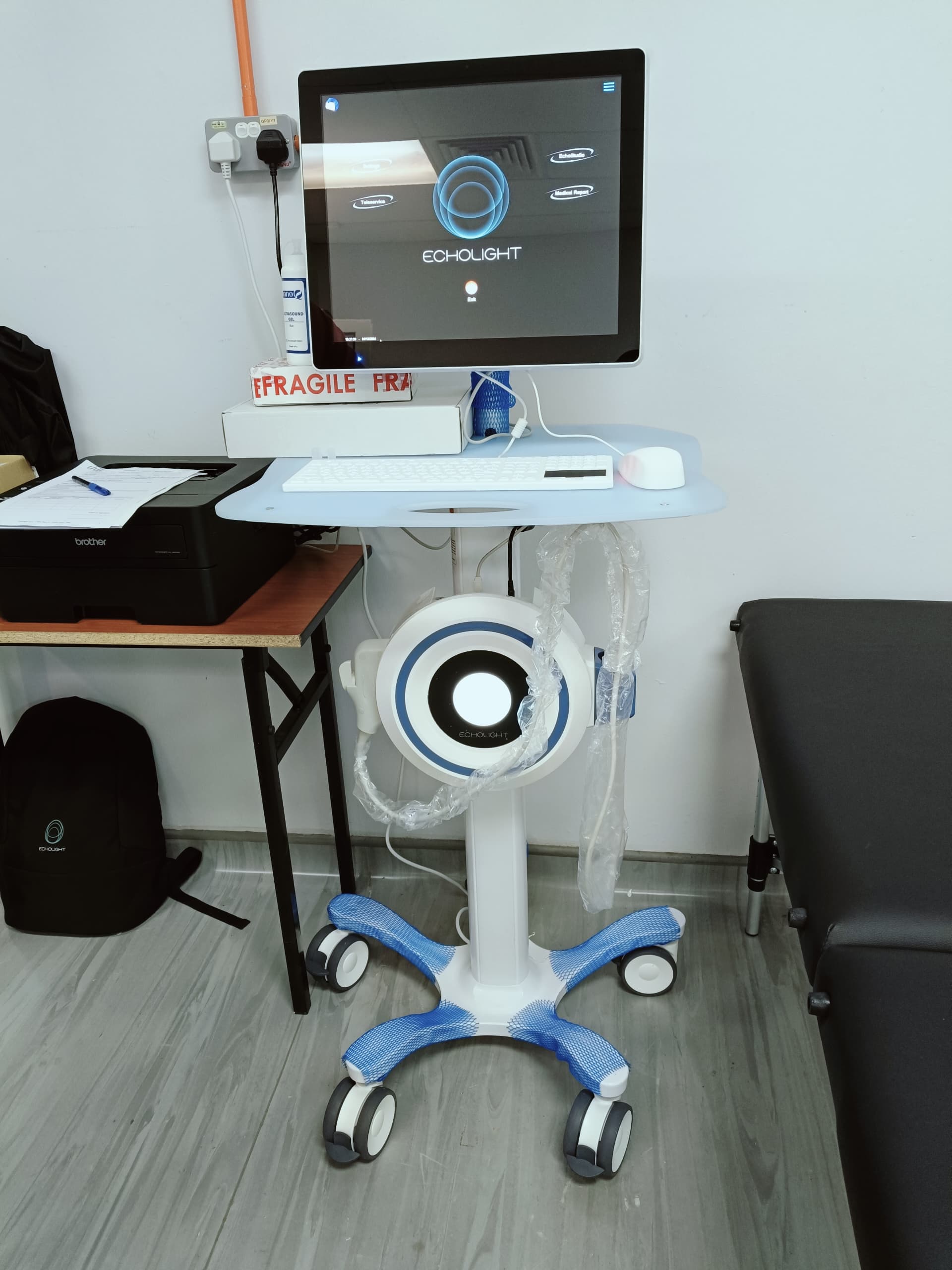
Figure 1. The REMS technology located in the subject preparation room at the Biomex Building, AMDI.


Introduction
Osteoporosis and osteoporotic fractures are
critical concerns for breast cancer survivors, significantly impacting their
quality of life (Go et al., 2020). The non-ionizing radiation emitted by Radiofrequency
Echographic Multi Spectrometry (REMS) makes it suitable for use in previously
vulnerable groups, such as cancer survivors and enables more frequent
monitoring of bone mineral density (BMD) (Fuggle et al., 2024). It is important
to ensure adequate calcium intake among female cancer survivors (Zainordin et
al., 2020) because cancer is a major risk factor for bone loss and fractures
(Drake, 2013).
Problem
Statement
Improved cancer survivorship means these patients
may face chronic issues such as poor bone health (osteoporosis or osteopenia)
and an increased risk of fractures (Wong and Chen, 2024) due to the long-term
effects of cancer treatments such as chemotherapy, hormone therapy, or
radiation (Rees-Punia et al., 2023). Despite the rising number of cancer
survivors, awareness and implementation of bone health nutrition strategies
remain limited. Without proper dietary knowledge and intervention, survivors
are at higher risk for fractures, reduced mobility, and diminished quality of
life. Therefore, targeted nutrition education is urgently needed to empower
survivors with knowledge and skills to maintain bone health and prevent
osteoporosis.
Objective
To evaluate the effectiveness of a nutrition
education program in improving knowledge, dietary practices, and osteoporosis
prevention behaviours among cancer survivors in Malaysia.
Methodology
Radiofrequency
Echographic Multi Spectrometry (REMS)
Participants will lie on the provided bed. The
avial site selection will be conducted to identify and prepare an appropriate
anatomical location, ensuring optimal access, minimal discomfort, and reduced
risk of complications. Following this, bone target visualization will be performed
using REMS to accurately locate and identify the specific bone structure for
osteoporosis diagnosis. The procedure for software-assisted ultrasound (US)
acquisition will involve the use of specialized software to guide the capture,
processing, and analysis of ultrasound images, ensuring precision and
consistency in diagnostic imaging. Bone interface detection will be carried out
through the calculation of Regions of Interest (ROIs), along with automatic
signal and spectral analysis, to accurately identify and delineate the
boundaries of bone structures. Finally, fragility score is a REMS measure of
skeletal fragility (via bone microarchitecture and independent of BMD) at the
spine and femoral neck and ranges from 0 (normal) to 100 (maximum fragility of
the bone structure) (Fuggle et al., 2024). Figure 1 shows the REMS technology
located in the subject preparation room at the Biomex Building, AMDI.
References
1. Go, J, Park, S, Sik Kim, K, Chang Kang, M, Hoon
Ihn, M, Yun, S, Hyun Kim, S, Hoon Hong, S, Eun Lee, J, Wook Han, S, Yong Kim,
S, Kim, Z, Mo Hur, S and Lee, J. (2020). Risk of osteoporosis and fracture in
long-term breast cancer survivors. Korean J Clin Oncol. 2020 Jun
30;16(1):39–45. https://doi.org/10.14216/kjco.20007.
2. Fuggle, NR, Reginster, J-Y, Al-Daghri, N,
Bruyere, O, Burlet, N, Campusano, C, Cooper, C, Perez, AD, Halbout, P, Ghi, T,
Kaufman, J-M, Kurt, A, Matijevic, R, Radermecker, RP, Tuzun, S, Veronese, N,
Rizzoli, R, Harvey, NC, Brandi, ML and Brandi, M-L. (2024). Radiofrequency
echographic multi spectrometry (REMS) in the diagnosis and management of
osteoporosis: state of the art. Aging Clin Exp Res 36, 135 (2024). https://doi.org/10.1007/s40520-024-02784-w
.
3. Zainordin NH, Abd Talib R, Shahril MR, Sulaiman
S, A. and Karim N. Dietary Changes and Its Impact on Quality of Life among
Malay Breast and Gynaecological Cancer Survivors in Malaysia. Asian Pac J
Cancer Prev. (2020) Dec 1;21(12):3689-3696. https://doi.org/10.31557/APJCP.2020.21.12.3689.
4. Drake MT. (2013). Osteoporosis and cancer. Curr
Osteoporos Rep;11(3):163-70. https://doi.org/10.1007/s11914-013-0154-3.
5. Wong PKK and Chen, W. 2024. Cancer survivorship
and bone health. The Lancet Healthy Longevity. Volume 5, Issue 3e168-e169.
6. Rees-Punia, E., Newton, C. C., Patel, A. V.,
Corinne R. L., W. Ryan D., Amber C. G., Matthew M., Alpa V. P. and Lauren R. T.
(2023). Fracture risk among older cancer survivors compared with older adults
without a history of cancer. JAMA Oncology, 9(1), 79–87. https://doi.org/10.1001/jamaoncol.2022.5153